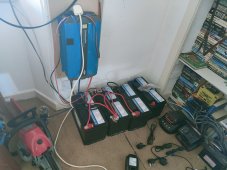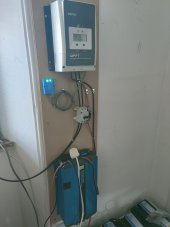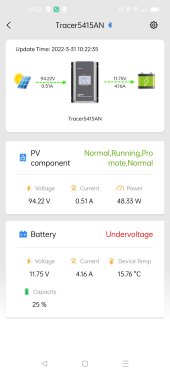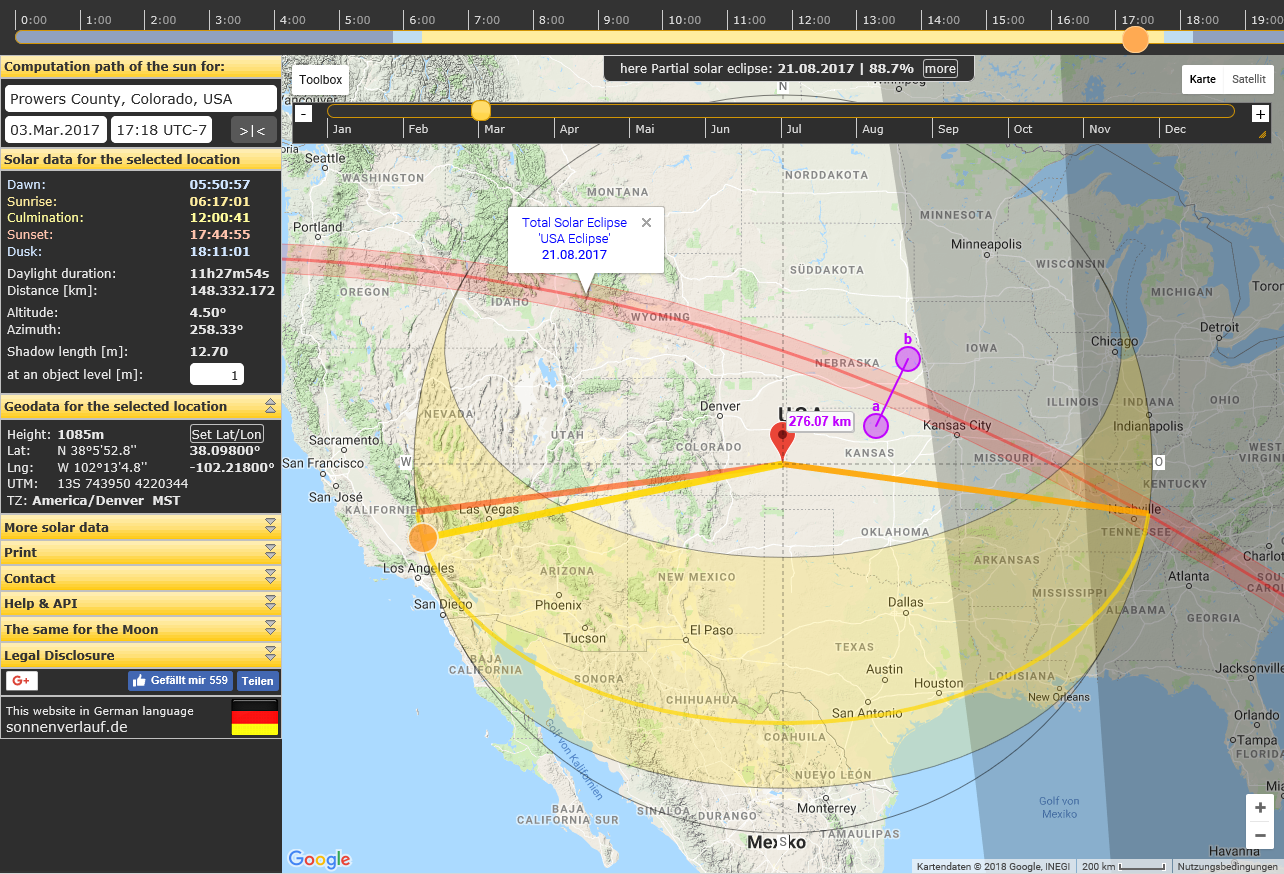WYtreasure
It's not happy hour, I'm just like this.
This is Spring, not Fall.?55.9533° N, 3.1883° W
I'm just about to clambour onto the roof with these panels. If you hear a thud, that'll be me landing.
Last edited:
This is Spring, not Fall.?55.9533° N, 3.1883° W
I'm just about to clambour onto the roof with these panels. If you hear a thud, that'll be me landing.



I noticed the time in your last picture. 10:22 where you are is still about 3 hours from Solar Noon. Can you confirm that Solar Noon is 1:14pm?I know this is difficult to judge from pictures. But looking at the last one there, (the screen shot of what the SC is doing), I'm suspicious of how I have this set up, and my expectations of it all.

I don't think it had any Amps to give.Looking at the battery capacity (25%), the voltage (11.75v) - it's low. Sure, I had stuff switched on which dragged it down - but, what I can't understand is - why the controller isn't pulling more watts off my panels?
The controller can't pull what's not there. Your sail has no wind.I have 6 x 205w panels, and fair enough, they've only been in sunlight for a couple of hours - but I'm just not sure this is all set up correctly (or that I've got the right set-up?) Although the battery pack is low (either from the controllers pov, or actual usage), even under ideal circumstances (full blazing sunshine, well, as much as that's possible in Scotland), I've never seen the controller pull more than 300w from the PV array.
The point of having a bunch of panels is to capture as much energy as you can. The only "moment" your panels will produce 100% rated power is when the sun is directly above and the panel is pointed directly at the sun. Most folks agree that very few ever achieve 100% of the rated power production.First Questions -
What's the point in me having 6 x 205w if that capacity is never fully used? (If it's slightly dull, patchy cloud, between my six panels, are they only managing to generate about 8-9w each to give that paltry 48w, or is the charge controller - knowing the batteries are low - only asking for 48w?)
I don't think the batteries are the cause, unless there is no liquid in them.Second question -
Is this an issue with the rate at which the batteries can be charged? If so, do I need different batteries, or do I need to dive in and get some sort of grid-tied hybrid controller inverter so I can fully utilize the panels I have? (I have another 6 x 195w panels to go somewhere...)
After you figure that out, share with me so I know. I still think of that magic box as "Smoke and Mirrors" technology.Thanks for your reply.
I understand the panels won't produce anything like what they say they will, and I understand the controller will only use what it needs. I need to do some reading on what the MPPT function is all about.
Yea, I sometimes run up and down the street screaming "the sky is falling the sky is falling". Luckily Boss Lady reminds me it's just rain.You're right too, the screenshot was early in the day - the sun was not at it's highest. Later on the batteries got to 100% very quickly, and I saw the controller pull 500w plus from the panels at one point.
Are you using any compound on your terminals and connections? Are you testing the resistance of your wires, tip to tip?I rewired all my batteries this afternoon - to double check connections and to tidy up. I think that's my system's weakness just now - not enough storage.

With what I know now, I just think "the bigger the sail, the more wind you catch". So yep, more panels will help.I still have a concern, that when I'm working during the day, I'm using power, (about 3-400w). Come 5pm-ish, when I finish, even although it's been sunny, the controller hasn't topped the batteries up - they're never at 100% come teatime and because the sun is moving round, it's too late for the system to catch up. (I'm going to add another three panels facing west to catch the early evening sun.)
I think it will help.The thing is, will the controller use that last wee surge and charge the batteries? (This is why I need to do some reading on the MPPT function.)
Apparently that perfect suitor isn't your perfect suitor. If it keeps ticking, disconnect everything and use a bigger hammer.Also, as a footnote, those horrible 'Perfect Suitor' controllers... Quick note, they'll do a 24v system, even auto-recognises the batteries. But. The load output also goes to 24v. I melted some LED assuming it would be at 12v.
Oh well. At least I was in when they caught fire... (I'm joking, it was just a wee bit of smoke... ;-)
Link?fuses are just rubbish (from Amazon.)
Yep , those are pretty well junk. I started out with those. Currently I am using these from Bussman but every so often these fail too.
I'm just reading some of the reviews, many are saying they blow way to early. I think I need to get rid of it and replace.
My question still stands though, if the charge controller can only put out 50A, (I appreciate it may malfunction), and the cable you're using is good for 110A - do you really need a fuse?
*edit* I've put the old 50A fuse back in and it's fine.
In series voltages add while amperage stays the same, so you have 130Ah X 24V = 3120Wh of power. Utilizing half that, your useable capacity is 1.5kWh of power. That is not much, especially running a refrigerator. Your problem is that your battery is too small for this system. What inverter do you have, and what is it's background consumption?In the kitchen, I have two batteries in series. I know my voltage is 24v, (I definitely know this because I melted some 12v lighting with it...)
But what's my capacity? 2 x 130Ah batteries = ??? Ah
I run a lot less on the back array, just a fridge and an 1kw air fryer for maybe 10 or 20 mins (I have 6 x 195w panels, 3 x 2 in parallel). I don't leave the back array on overnight, because the voltage drops and it starts beeping in the middle of the night. Is it worth moving it to a parallel set up?
Dude, the answer to your question is the very first sentence of the last post!My question really was about the Ah's, will two batteries in series have their capacity added together in the same way as two batteries in parallel? I'm assuming they do but wanted to rule it out.


